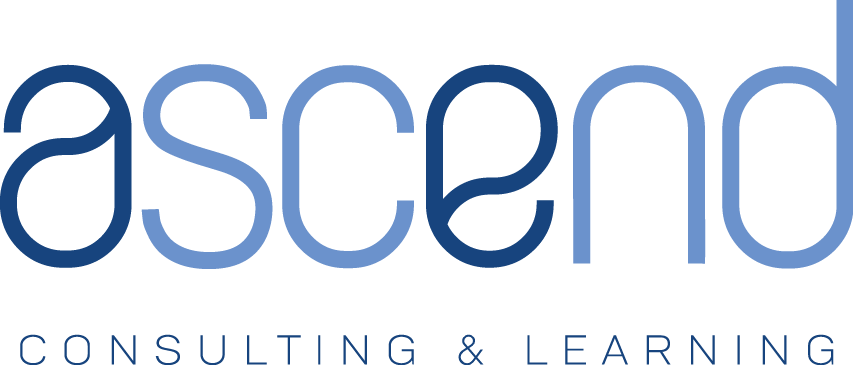In Part 1 of this blog post series, I introduced the concept of competitive positioning and why it is important to marketing strategy. I also described a competitor matrix, the first of three tools architecture and engineering (A/E) firms can utilize to help them think through how to position themselves against their competitors. In Part 2 of this series, I described the second competitive positioning tool, the positioning map. In this Part 3, I will describe the third of these tools, the strategy canvas. Before diving into this post, follow the links above to the first two parts in this series if you haven’t yet.
The strategy canvas is a useful tool for helping describe your firm’s position relative to your competitors across multiple dimensions. To create a strategy canvas, you first choose important factors of competition in your industry or in the market that you are trying to compete in. You then map what you believe to be your performance relative to each competitor on these factors. It provides a visual for how your firm creates value for your clients relative to your competitors in the form of a value curve. If you have a differentiated value proposition, your value curve should be different than your competitors’.
I have provided an example of what a strategy canvas may look like for the fictitious company we are using in this series, Green and Greener Designs (GGD). In Part 1 of this series, I discussed how you can use these tools to position yourself against individual competitors or competitor groups. To illustrate the use of competitor groups, this example will compare GGD to two groups of competitors that have similar characteristics, large A-E firms and small/specialty firms.

Here again, we can see that GGD is differentiating itself on its ability to deliver sustainable designs, client intimacy, its focus on the community, and its focus on the developer market. In order to be able to do this effectively, GGD is making the choice to not compete on price since it costs them more to deliver on this value proposition.
The use of the strategy canvas in developing strategy is described in more detail in the book “Blue Ocean Strategy” by Chan Kim. Kim describes how the strategy canvas can be used to help construct a unique value proposition by changing your value curve through four actions. You can raise your level of performance on factors of competition relative to your competitors, similarly reduce your level of performance on other factors, create new factors of competition that competitors are not offering, and eliminate factors of competition by choosing not to compete on this factors.
In this blog post series, I presented three different competitive positioning tools that should be useful to A/E firms in thinking through how to uniquely position themselves against their competitors. Each tool approaches positioning in a slightly different way and can be used together or separately depending on the situation you are trying to analyze. These positioning tools should provide you with valuable information to help craft the message you should be presenting to your clients to beat out your competition.
If you would like to discuss how this may apply to your business specifically, I would love to hear from you. You can get in touch with me here.

